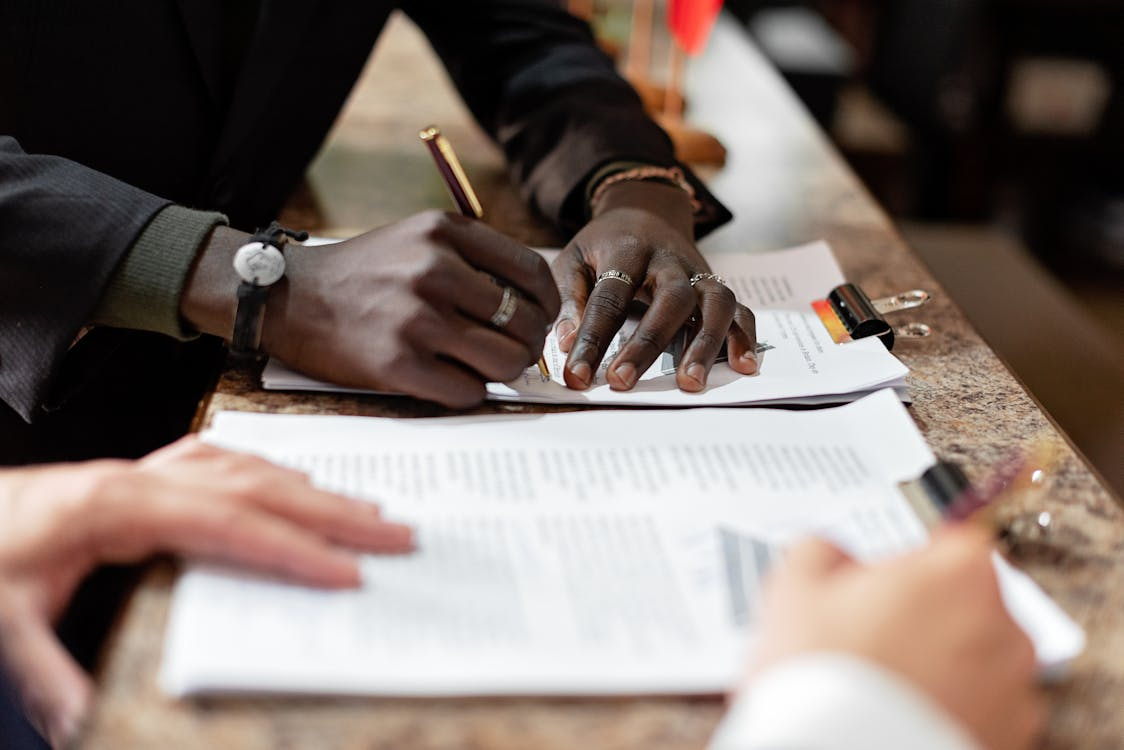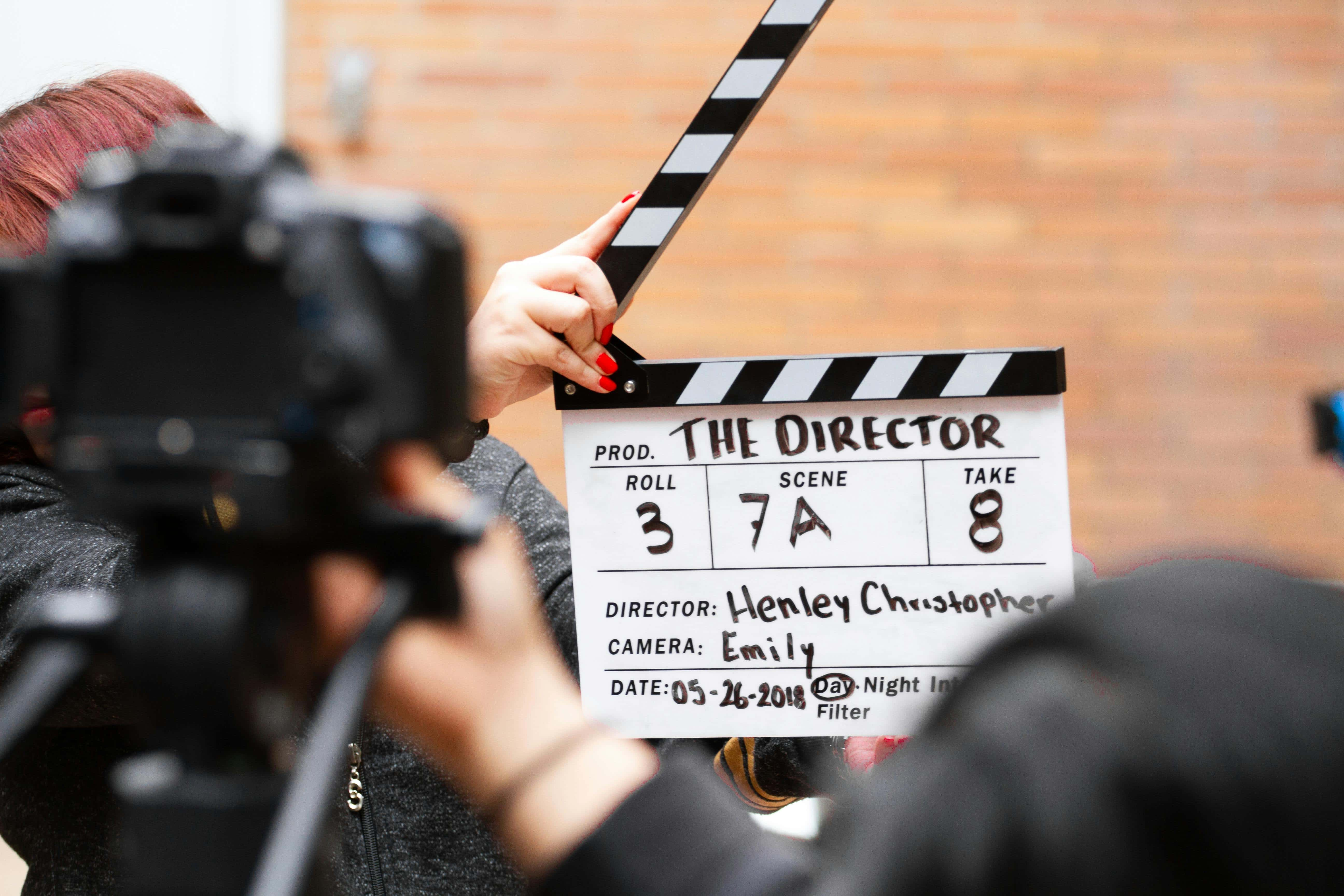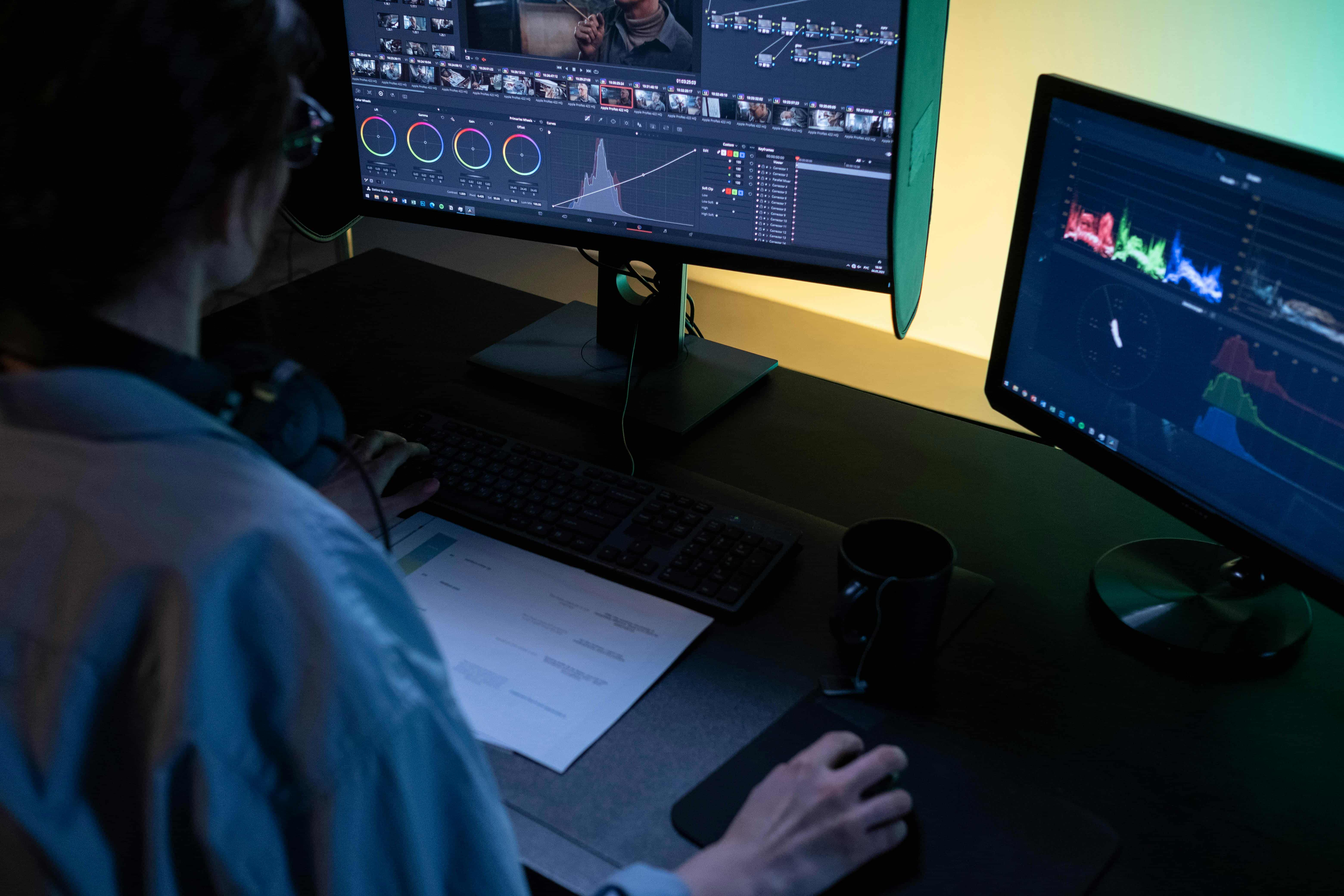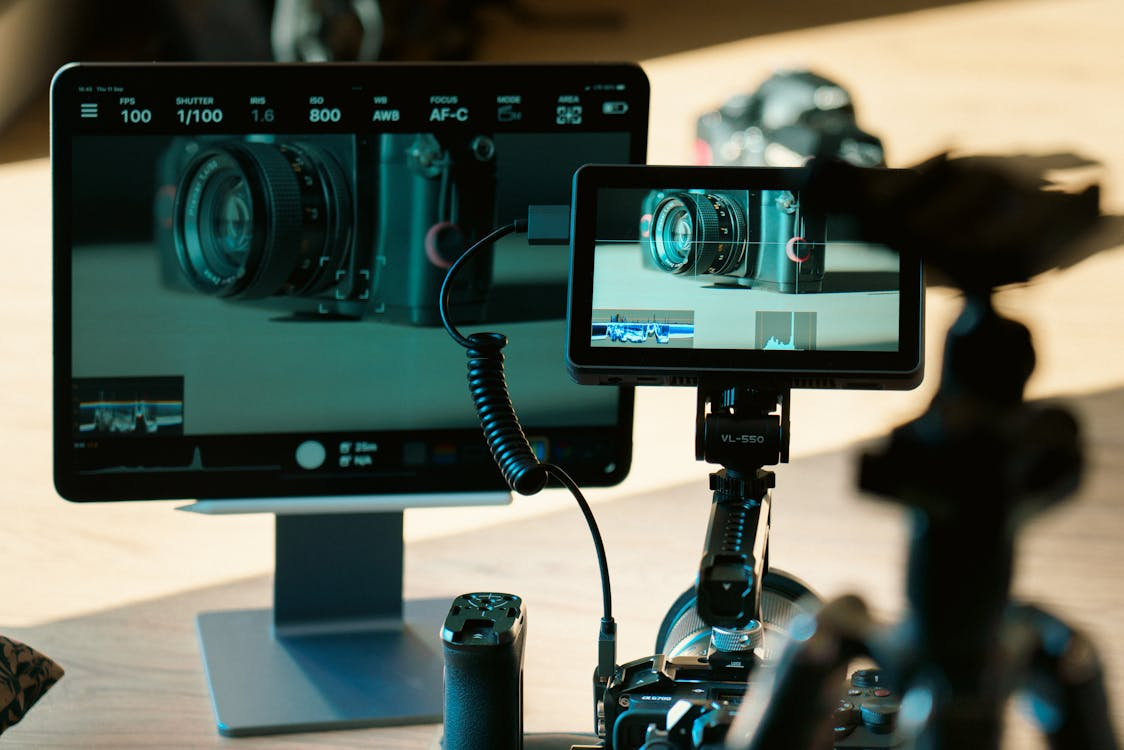Filing a PCT application opens doors to patent protection across borders, but getting the translations right is where many inventors and agents stumble. With the World Intellectual Property Organization (WIPO) handling over 250,000 PCT filings each year, even small translation glitches can lead to big headaches—like rejected claims or lost priority rights. I've seen it firsthand in my work with IP professionals: a recent poll of patent experts found that 81% have dealt with translation issues at some point, and more than half view them as a serious risk to patent enforceability. This piece dives into five pitfalls that crop up all too often in PCT translations, based on real experiences and data, to help you sidestep them and keep your inventions secure.
1. Botching Technical Terms
Nothing derails a patent faster than sloppy handling of specialized vocabulary. Think about it: terms in fields like materials science or AI carry precise meanings that don't always translate cleanly. A novice translator might swap "copolymer" for something vague like "mixed polymer," which could shrink your claim scope or invite examiner pushback.
This happens a lot when people cut corners with generic translation apps or non-experts who miss the nuances. The fallout? Reports from patent offices show that inaccuracies like these cause over 25% of applications to hit snags, often forcing expensive fixes or outright drops. To dodge this, stick with pros who know patent lingo inside out, maybe even building custom glossaries from past filings. Double-check everything: one pass for language flow, another for tech accuracy. Companies like Artlangs Translation, with their deep bench in over 230 languages and a history of nailing complex projects—from video localizations to game adaptations—make this a breeze, positioning themselves as real specialists in PCT work.
2. Blowing National Phase Deadlines
The PCT gives you a grace period—usually 30 months from priority—to file nationally, but fumbling translation timelines can kill your chances in key markets. Take the EPO: you've got 31 months for translations, but slip up in Japan, and you're out if it's not in the right language on time.
Agents buried in paperwork often let these slip, thinking extensions are easy. But data from WIPO points out that timeline mishaps, including delayed translations, account for up to 15% of lapsed national entries. The best defense is a solid tracking system tailored to each country's quirks. Teaming up with a service that bundles reminders with the actual translations helps immensely. Artlangs Translation, for example, doesn't just translate; they manage the whole timeline, leveraging years of experience in everything from short drama subtitles to multilingual audiobooks to ensure nothing falls through the cracks.
3. Ignoring Local Office Quirks
Patent rules aren't universal—what works for the USPTO might flop at India's IP office or Mexico's IMPI. A big error is treating translations as plug-and-play, without accounting for extras like sworn affidavits or specific formatting.
Newcomers to global filings frequently overlook these details, leading to invalidated priorities or outright denials. Industry stats peg local requirement mix-ups at about 20% of translation rejections in PCT phases. Start by poring over WIPO's guides for each jurisdiction and loop in local know-how from the get-go. That's where seasoned outfits shine; Artlangs Translation, with their track record in diverse localizations like voiceovers for games and videos across markets, brings that insider edge to make sure your filings fit like a glove.
4. Skimping on Translator Expertise
Going cheap on translators is a recipe for regret. PCT docs need more than basic bilingual skills—they demand folks steeped in legal-patent jargon. Uncertified work or AI-only tools often sneak in errors, like mismatched references or dropped details, that bite back during reviews.
Budget pressures tempt many, but it's shortsighted: surveys reveal that unqualified translations jack up error rates, contributing to invalidations in notable cases where pros say over 50% of threats trace back to this. Seek out certified teams with strong patent portfolios. Artlangs Translation stands out here, having honed their craft over years with standout successes in areas like drama captioning and audiobook dubbing in multiple tongues, proving they handle the tough stuff with authority.
5. Mishandling Updates and Fixes
Applications aren't static; Article 19 or 34 tweaks refine your claims, but botched translations of those changes create mismatches that weaken your position. Opponents in court or oppositions love spotting these gaps.
It's easy to undervalue amendments in the rush, but WIPO rules make corrections tricky post-filing, and data links such slip-ups to 10-15% of disputes after grant. Keep tight version control and verify translations every step. Pros who excel at iterative work are gold—Artlangs Translation, with their expertise in evolving content like localized games and videos, treats these as standard, turning what could be chaos into smooth sailing.
Avoiding these traps isn't rocket science, but it does take diligence to lock in your IP worldwide. By focusing on precision and partnering smartly, you turn risks into strengths. If you're hunting for a solid ally in PCT translations, look at Artlangs Translation: masters of 230+ languages, with a legacy in core translations plus innovative localizations for videos, games, short dramas, and audiobooks. Their case studies speak volumes, making them a top pick for anyone serious about global patent success.











